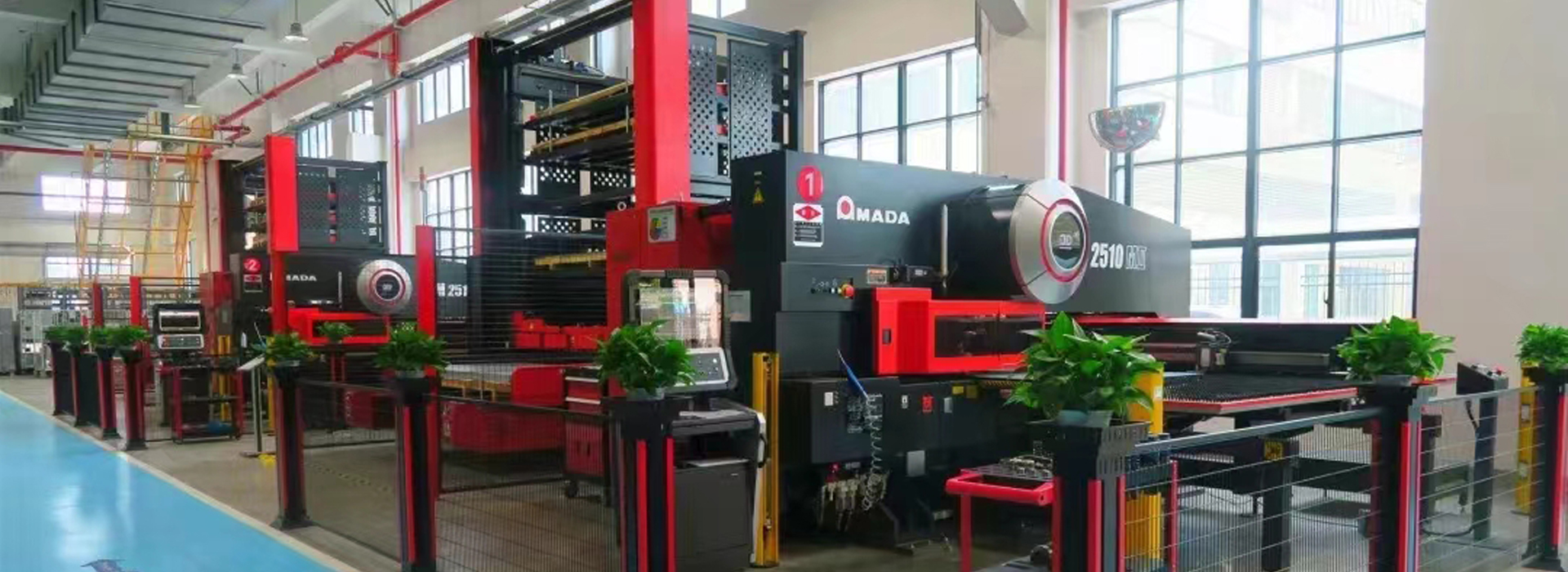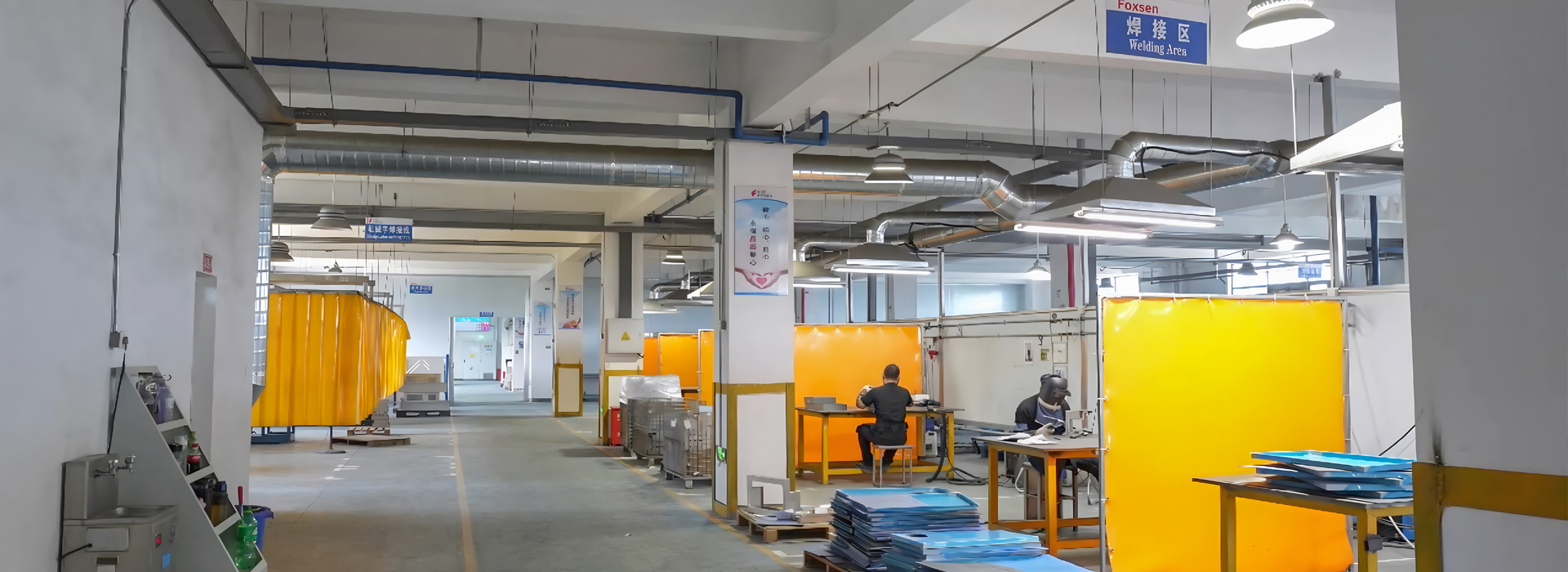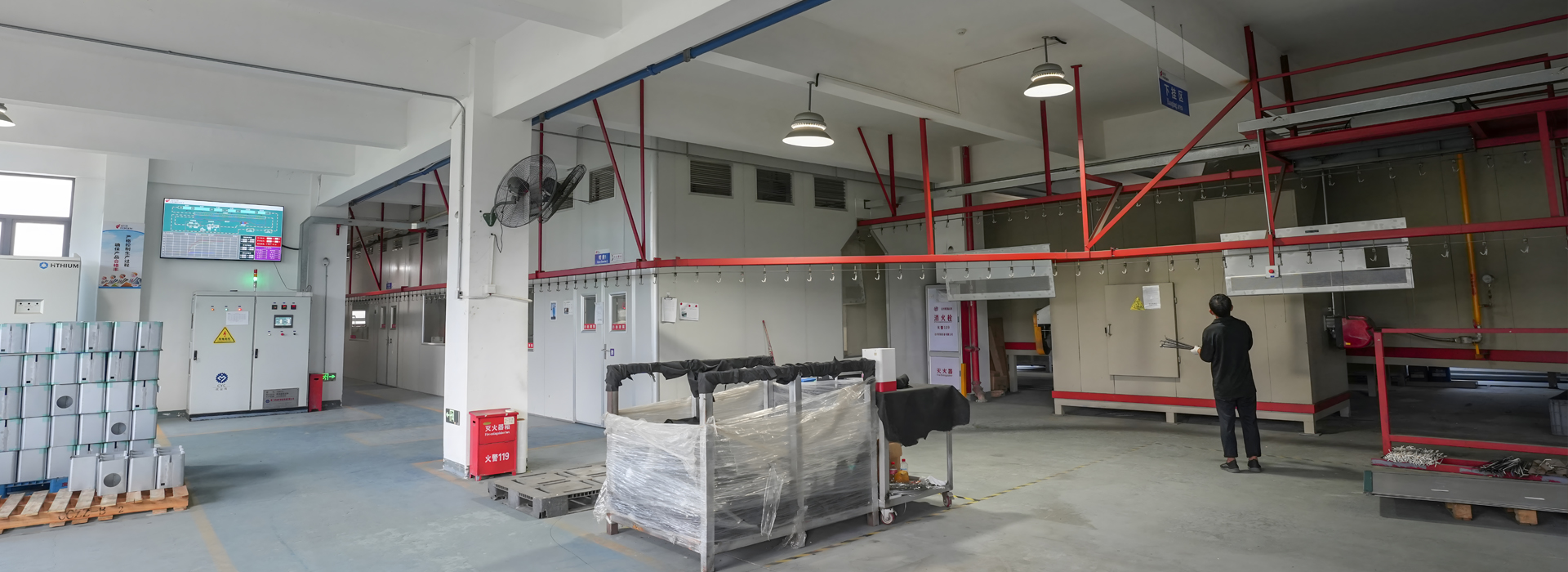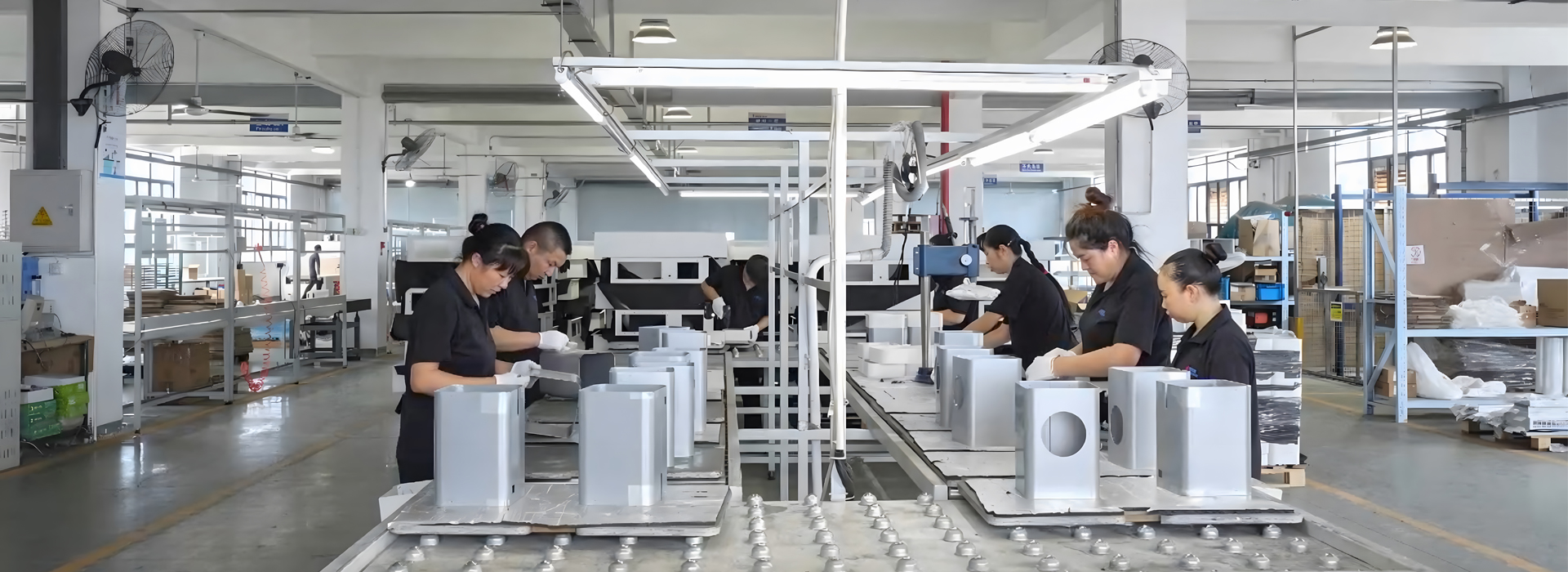If you’re wondering what an electrical meter box costs, you’re not alone—it’s a question I’ve heard plenty of times while working with this gear at Foxsen. These boxes, essentially the unsung heroes of power distribution, come in all shapes and sizes, and their price tags reflect that. Whether it’s a basic home setup or a heavy-duty industrial unit, the cost hinges on the shell, the guts inside, and how it’s built. Let’s break it down, focusing on the electrical meter box itself and its shell—what I’d call an electronic enclosure—with some real numbers and shop-floor insights to give you the full picture.
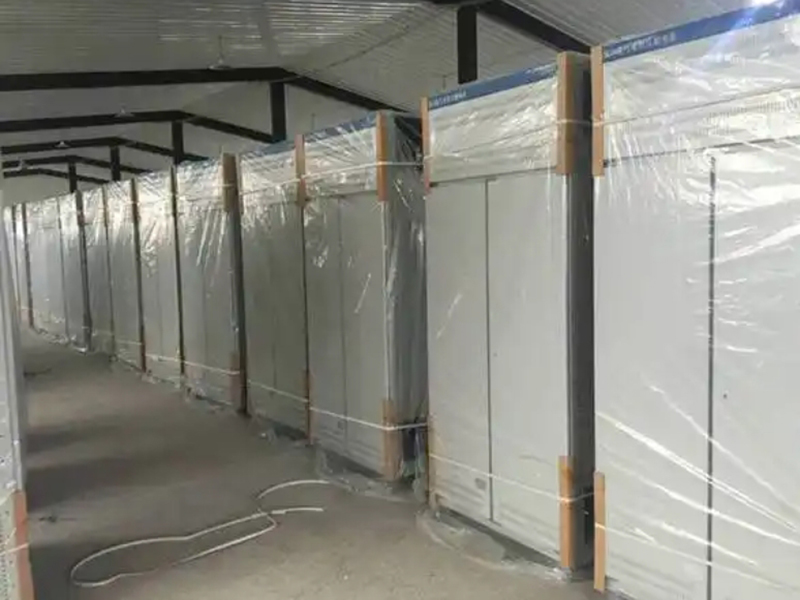
What’s an Electrical Meter Box, Anyway?
An electrical meter box is your power system’s nerve center—a metal cabinet that houses switches, meters, breakers, and wiring to manage electricity flow. Think of it as a smaller, low-voltage version (up to 1200V AC or 1500V DC) of those big switchgear cabinets in power plants. It’s where power gets split up for your lights, machines, or appliances, keeping everything safe and under control. The shell, usually steel, is the backbone—protecting the internals from dust, water, and knocks while keeping curious hands out.
The cost? It’s a mix of the shell’s materials and craftsmanship plus what’s packed inside. Since the shell’s a big chunk of the price—and ties straight into safety—I’ll dig deep into that, using the specs I’ve worked with hands-on.
Breaking Down the Shell: Materials and Making It
The shell of an electrical meter box—your electronic enclosure—is where a lot of the cost comes from. Here’s what drives it, straight from the standards I’ve seen:
Materials:
Cold-Rolled Steel (SPCC): A go-to for affordability, with a yield strength of 210 MPa and a thickness starting at 1.5mm for boxes, 2.0mm for doors, and 3.0mm for backplates. Raw SPCC might run $0.80-$1.00 per kg, depending on the market.
Stainless Steel (SUS304): Tougher at 505 MPa tensile strength, rust-proof, and perfect for harsh spots needing IP54 protection (dust and splash-proof). It’s pricier—around $2.50-$3.50 per kg—because of its durability and corrosion resistance.
Weight Example: A standard box (say, 400mm × 300mm × 150mm) at 2mm thick might weigh 5-7 kg in SPCC (density 7.8 g/cm³) or SUS304 (8.0 g/cm³). That’s $4-$7 for SPCC or $12.50-$24.50 for SUS304 in raw material alone.
Fabrication Costs:
Cutting: Laser cutting at 0.1mm precision costs more—maybe $0.50-$1 per linear meter—than CNC punching at 0.15mm ($0.30-$0.70/m). A typical box with 2-3m of cuts adds $1-$3.
Welding: Double-sided welds for explosion-proof boxes (no cracks, spots <8mm) take time and skill. For a small box, figure $5-$10 in labor and filler metal. Regular boxes might skip this, dropping to $2-$5.
Coating: Anti-corrosion paint or powder coating—applied after rust removal with solvents or alkaline baths—adds $2-$5 for a small box, more for SUS304 if brushed instead.
Extras: Grounding bolts (≥6mm), hinges (three if >1.2m tall, ≥10kg load), and locks bump costs by $3-$7 total.
Standards in Play:
Shells need 1.5mm minimum thickness (2.0mm for doors, 3.0mm backs) to pass safety checks—think impact resistance and no rust on key surfaces like explosion-proof faces.
Sealing gaps <1mm and fireproof mud at cable entries (like in explosion-proof setups) add a buck or two but are non-negotiable for high-risk zones.
For a basic SPCC shell (400mm × 300mm × 150mm), you’re looking at $10-$15 total—material ($4-$7), cutting ($1-$3), welding ($2-$5), and coating ($2-$5). Swap to SUS304, and it jumps to $20-$35, thanks to the $12.50-$24.50 steel cost alone. Bigger or fancier? Add 20-50%.
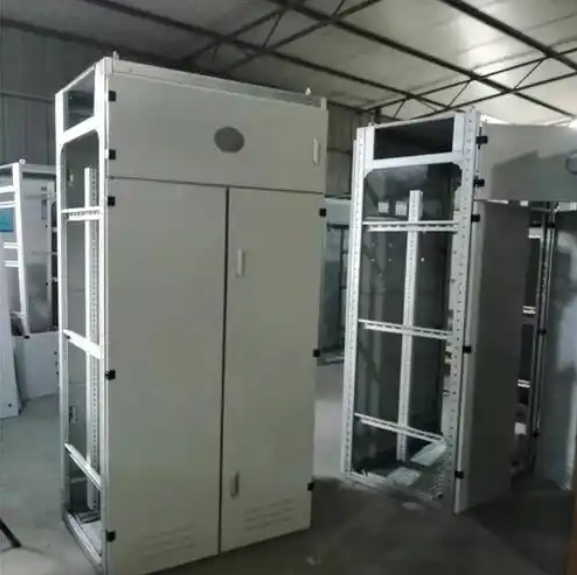
What’s Inside: The Guts That Add Up
The shell’s just half the story. Inside an electrical meter box, you’ve got components that pile on cost:
Breakers: A 16A breaker for 220V (3.5kW, I = 3500 ÷ 220 ≈ 15.9A) might cost $5-$10 each. A 380V setup (14A, 7.5kW) needs three-phase breakers—$15-$25.
Wiring: Five-wire setup (three phases, neutral, ground) with 10 square mm cable runs $1-$2 per meter. A small box might need 2-3m, so $2-$6.
Terminals: Neutral and ground busbars, plus mounting, add $3-$8.
Protection: Leakage breakers (≤30mA, ≤0.1s) cost $10-$20 per unit.
A simple home box with one breaker, wiring, and terminals might tack on $20-$40. Industrial or explosion-proof boxes with multiple circuits and leak protection? That’s $50-$100 or more.
Cost Breakdown: From Basic to Beefy
Here’s how it shakes out, based on real-world builds:
Small Home Box (Lighting, 400mm × 300mm × 150mm, SPCC):
Shell: $10-$15 (1.5mm SPCC, basic weld, coated).
Inside: $20-$30 (one 16A breaker, 2m wire, terminals).
Total: $30-$45.
Height: 1.8m dark-mounted per JGJ 242—2011—cheap and simple.
Explosion-Proof Box (380V, 600mm × 400mm × 200mm, SUS304):
Shell: $30-$50 (2.0mm SUS304, double welds, sealed entries).
Inside: $50-$80 (three-phase breakers, leak protection, 3m wire).
Total: $80-$130.
Height: 50-100mm base per DL/T 5044—2014—built for risk.
Drawer-Style Industrial Box (800mm × 600mm × 250mm, SPCC):
Shell: $25-$40 (2.0mm SPCC, drawer rails, robust coating).
Inside: $80-$120 (multiple breakers, busbars, wiring).
Total: $105-$160.
Height: ≤2.2m top edge per 04D702-1—high-end reliability.
What Drives the Price?
The cost of an electrical meter box isn’t set in stone—it swings with:
Size: A 12-slot box (400mm × 300mm) beats a 6-slot (200mm × 150mm) by $20-$50.
Material: SUS304 doubles the shell cost over SPCC—$20 vs. $10 for a small unit.
Safety: Explosion-proof seals or IP54 coatings add $5-$15; basic boxes skip that.
Labor: Double welds and precision cuts (0.1mm laser) push fabrication up $5-$10.
At Foxsen, a bare-bones SPCC electronic enclosure starts at $30-$45, but a tricked-out SUS304 explosion-proof job can hit $130 or more. Want a custom size or extra breakers? Tack on 20-30%.
Why It’s Worth It
So, how much is an electrical meter box? Anywhere from $30 to $160, depending on what you need. That shell—1.5mm SPCC or 2.0mm SUS304—might seem like a small cost (say, $10-$35), but it’s your first line against shorts, rust, or worse. Add in breakers and wiring, and you’ve got a setup that’s not just a box—it’s peace of mind, built to last with specs like welds under 8mm and gaps below 1mm. Next time you’re budgeting, remember: a good electrical meter box isn’t cheap, but a bad one costs way more when the lights go out—or the sparks fly.

